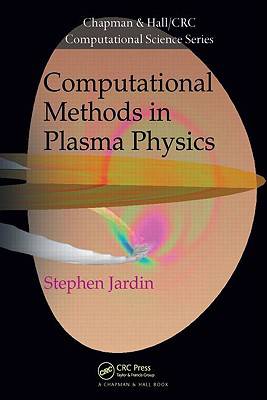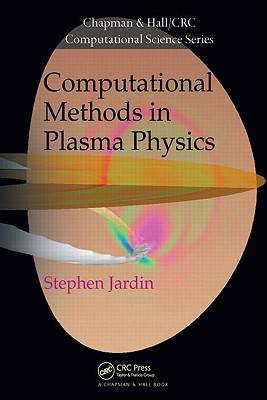
- Retrait gratuit dans votre magasin Club
- 7.000.000 titres dans notre catalogue
- Payer en toute sécurité
- Toujours un magasin près de chez vous
- Retrait gratuit dans votre magasin Club
- 7.000.0000 titres dans notre catalogue
- Payer en toute sécurité
- Toujours un magasin près de chez vous
Description
Assuming no prior knowledge of plasma physics or numerical methods, Computational Methods in Plasma Physics covers the computational mathematics and techniques needed to simulate magnetically confined plasmas in modern magnetic fusion experiments and future magnetic fusion reactors. Largely self-contained, the text presents the basic concepts necessary for the numerical solution of partial differential equations.
Along with discussing numerical stability and accuracy, the author explores many of the algorithms used today in enough depth so that readers can analyze their stability, efficiency, and scaling properties. He focuses on mathematical models where the plasma is treated as a conducting fluid, since this is the most mature plasma model and most applicable to experiments. The book also emphasizes toroidal confinement geometries, particularly the tokamak--a very successful configuration for confining a high-temperature plasma. Many of the basic numerical techniques presented are also appropriate for equations encountered in a higher-dimensional phase space.
One of the most challenging research areas in modern science is to develop suitable algorithms that lead to stable and accurate solutions that can span relevant time and space scales. This book provides an excellent working knowledge of the algorithms used by the plasma physics community, helping readers on their way to more advanced study.
Spécifications
Parties prenantes
- Auteur(s) :
- Editeur:
Contenu
- Nombre de pages :
- 372
- Langue:
- Anglais
- Collection :
Caractéristiques
- EAN:
- 9781439810217
- Date de parution :
- 03-06-10
- Format:
- Livre relié
- Format numérique:
- Genaaid
- Dimensions :
- 157 mm x 236 mm
- Poids :
- 657 g

Les avis
Nous publions uniquement les avis qui respectent les conditions requises. Consultez nos conditions pour les avis.






